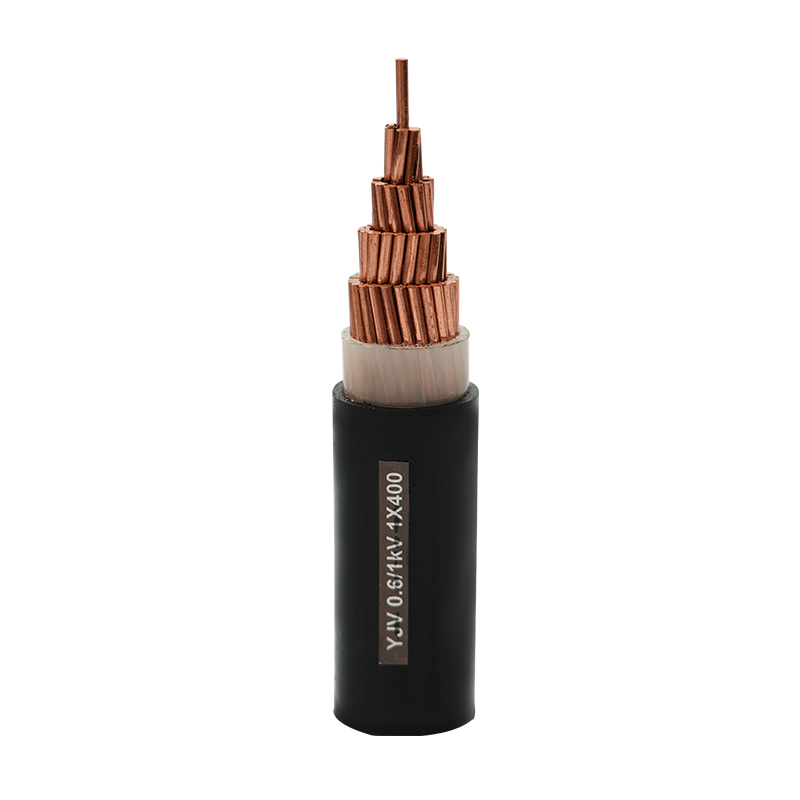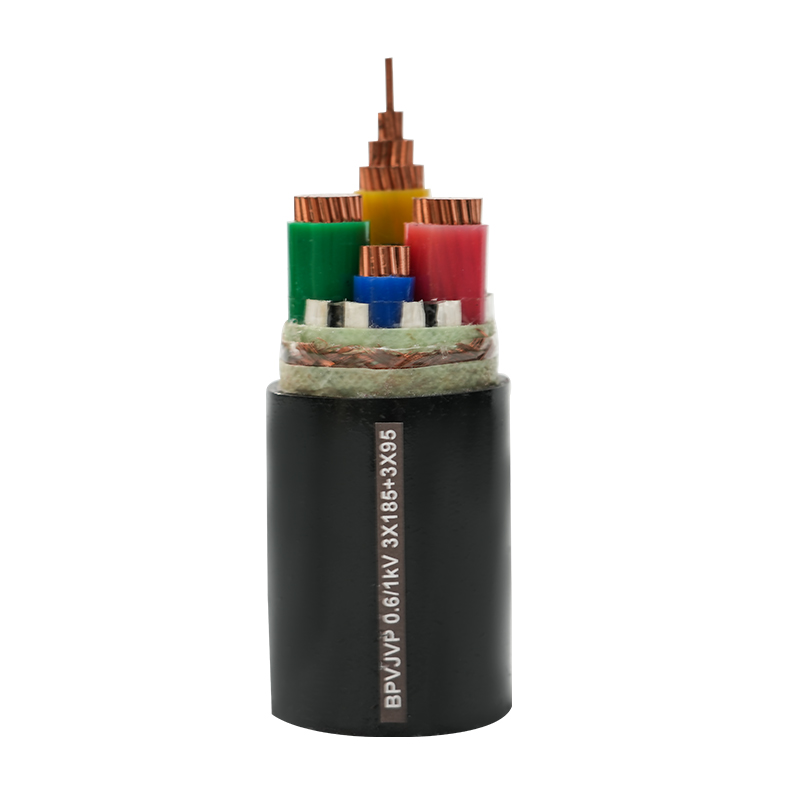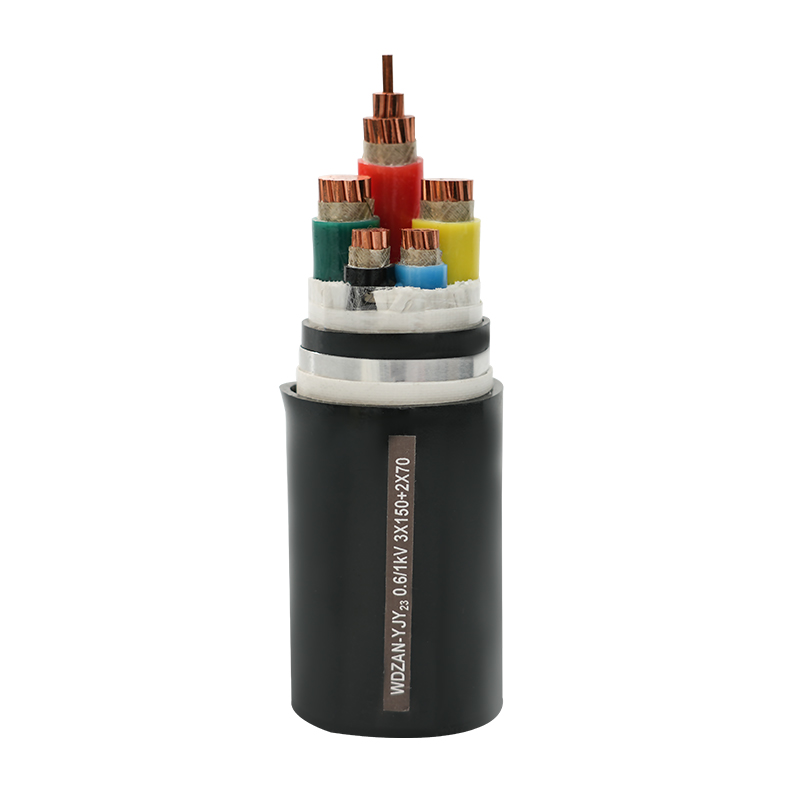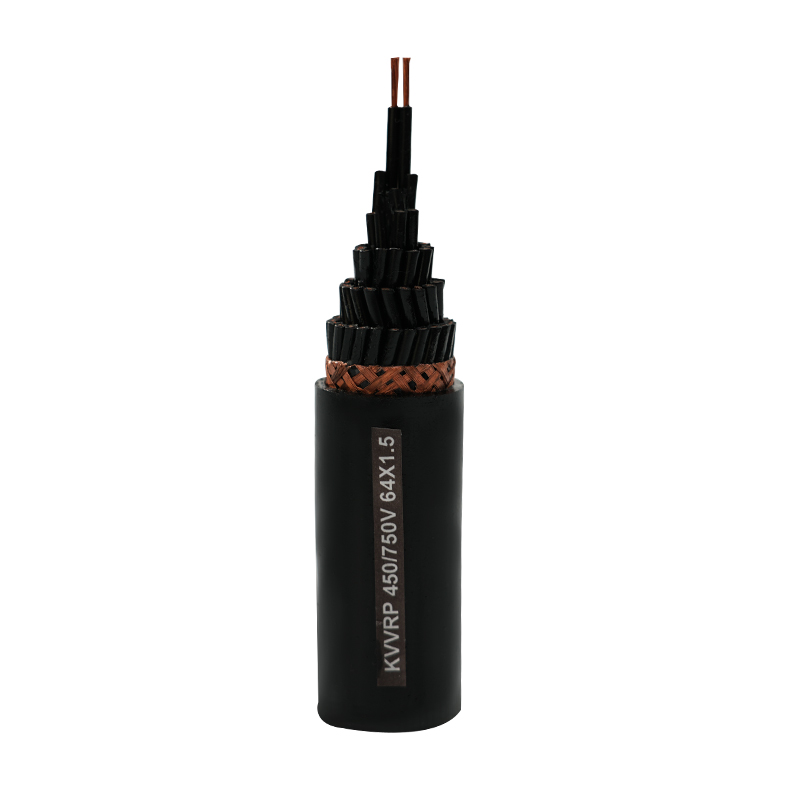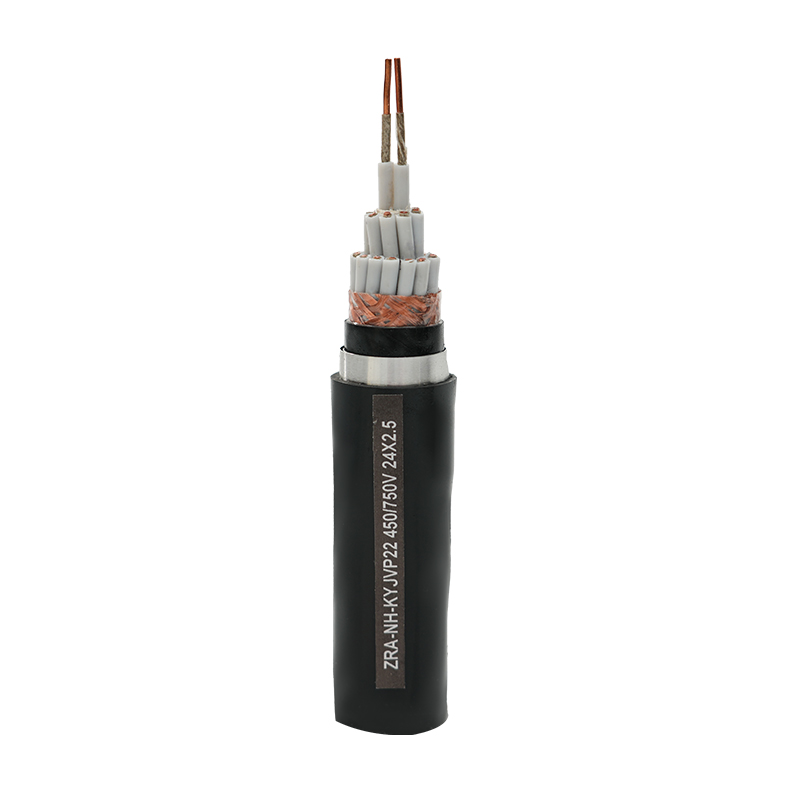How to Correctly Select 0.6/1KV Main Circuit Power Cable for Frequency Converter
Selecting 0.6/1KV main circuit power cable for frequency converters requires comprehensive consideration of multiple key factors to ensure operational safety. Firstly, the cross-sectional area of the cable should be determined based on the rated current of the frequency converter, typically chosen as 1.2-1.5 times the long-term allowable current-carrying capacity to avoid cable overheating and aging due to overload. Secondly, attention must be paid to the cable’s insulation material; since frequency converters generate harmonics during operation, cross-linked polyethylene (XLPE) insulation, which resists high-frequency pulse voltage, is preferred. This material effectively withstands electrical stress aging, extending service life. Meanwhile, the cable’s shielding structure is crucial—copper tape wrapping combined with copper wire braiding is recommended for composite shielding, reducing electromagnetic interference to surrounding equipment. Additionally, sheath material should be selected based on the installation environment: polyethylene sheaths with good water resistance for humid areas, and flame-retardant polyvinyl chloride sheaths for high-temperature environments.
Key Points for Bending Treatment During Installation of 0.6/1KV Frequency Converter Cable
Proper bending treatment during installation directly affects the performance and lifespan of 0.6/1KV frequency converter cables. The bending radius must strictly follow product specifications: generally, the bending radius of single-core cables should not be less than 15 times the cable outer diameter, and multi-core cables not less than 12 times. Excessively small bending radii can damage insulation and shielding layers, even causing short circuits. For right-angle bends, dedicated pipe benders should be used to avoid hard impacts or forced bending, preventing conductor deformation or sheath cracking. When laying cables through pipes, protective sleeves must be added at pipe openings to prevent sharp edges from scratching the cable surface. Furthermore, cables should not be over-tightened during fixing; a certain amount of expansion margin should be reserved to accommodate thermal expansion and contraction from temperature changes, reducing mechanical stress damage.
Grounding Specifications for Shielding Layer of 0.6/1KV Main Circuit Cable
Correct grounding of the shielding layer in 0.6/1KV main circuit cables is critical for suppressing electromagnetic interference, requiring strict adherence to relevant standards. Single-ended grounding, where only one end of the shielding layer is reliably grounded and the other left floating, is most common. This method is suitable for cables under 50 meters, effectively avoiding induced currents in the shielding layer. For cables over 50 meters, double-ended grounding is recommended, with equipotential connections in the middle to prevent current circulation from ground potential differences. Grounding terminals should be copper to ensure tight contact with the shielding layer, and grounding resistance must be controlled below 4 ohms. Additionally, the cross-sectional area of the shielding layer’s grounding wire should not be less than 1.5 square millimeters, laid independently to avoid sharing a grounding body with power lines, preventing interference with signal transmission. After grounding, connections should be wrapped with insulating tape to prevent moisture-induced oxidation.
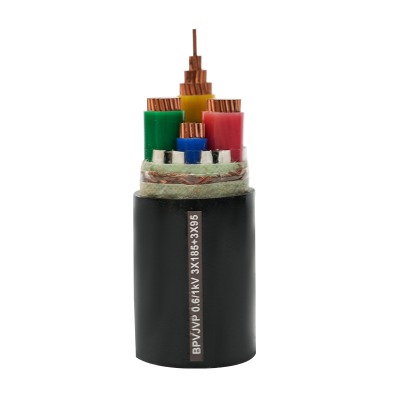
Temperature Adaptation Methods for 0.6/1KV Frequency Converter Cable in Different Environments
0.6/1KV frequency converter cables require temperature-specific adaptation measures in various environments to ensure stable operation. In locations with ambient temperatures exceeding 40°C, such as metallurgical workshops, cables with a temperature rating of 90°C or higher should be used, with appropriately increased cross-sectional areas to compensate for reduced current-carrying capacity at high temperatures. In low-temperature environments (below -15°C), cold-resistant cables with sheaths featuring good low-temperature toughness are necessary to prevent brittle cracking; preheating at room temperature before installation is also required. For environments with oil or chemical corrosion, such as chemical plants, special sheathed cables resistant to oil and chemicals should be selected, with regular sheath integrity checks. For underground direct burial, sand layers should be laid around cables to isolate soil impurities, with warning signs to prevent external mechanical damage.
Detection and Judgment Methods for Common Faults in 0.6/1KV Frequency Converter Cable
Timely and accurate detection of faults in 0.6/1KV frequency converter cables is essential for rapid operational recovery. In case of tripping or overload, an infrared thermometer should first measure the cable surface temperature; localized overheating may indicate loose conductor connections or insufficient cross-section, requiring re-tightening or cable replacement. For insulation faults, a megohmmeter can measure insulation resistance—values below 0.5 megohms indicate aging or moisture, necessitating moisture source identification, drying, or replacement for severe cases. Suspected shielding layer faults can be checked via conductivity testing; a broken shield increases electromagnetic interference, requiring reconnection and proper grounding. Additionally, visual inspections for sheath damage or exposed conductors should be conducted, with prompt repairs to prevent fault escalation.

 English
English 中文简体
中文简体 русский
русский عربى
عربى